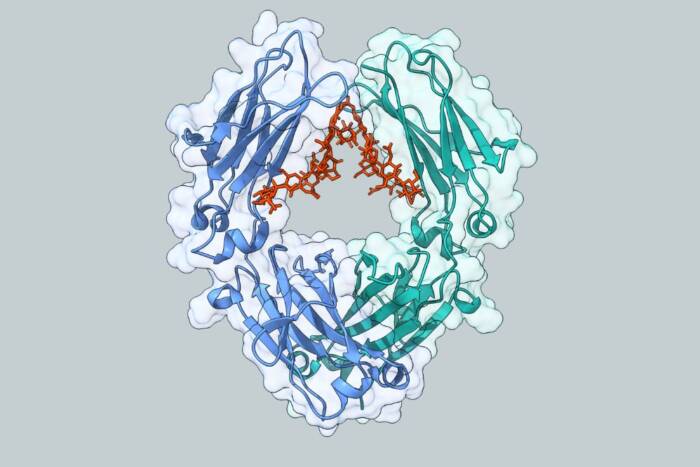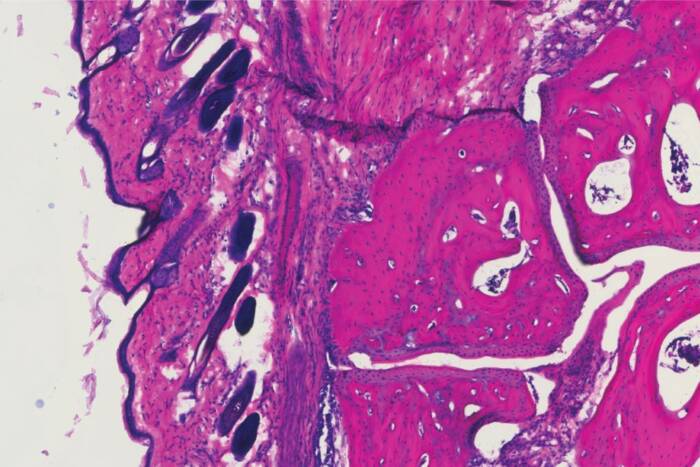To better control Chagas disease, focus funds more efficiently, scientists say
One widespread approach to controlling insect-borne infectious diseases is controlling the populations of insects that cause the infections. In the case of Chagas disease, a chronic infection of 10 million people worldwide with no available cures or vaccines, it’s the “kissing bug” that public health officials focus on. In research published recently in PLoS Neglected Tropical Diseases, an international team of scientists led by Rockefeller University’s Heinrich zu Dohna, a former postdoc in the lab of Joel E. Cohen, analyzed detailed longitudinal data on the populations of the kissing bug in individual structures. Their findings: To most effectively control the disease, concentrate on spraying insecticide during the seasons when bugs disperse over long distances.
Cohen and his colleagues studied three villages in northwest Argentina after community-wide insecticide spraying in October 1992, and found that villages often become reinfested with the kissing bug soon after spraying. But the scientists demonstrated that bug establishment varies seasonally and increases when bugs disperse over longer distances. The greater the time since the last infestation of a structure, the greater the probability of a new bug infestation in the next time interval.
Because Chagas disease, which kills 30 percent of those who are chronically infected, occurs most often in places where pest-control funding is scarce, the results suggest how authorities could make the best use of limited resources. “Our results can be used to focus the available funds for vector control more efficiently on control efforts in the season of high reinfestation and on the structures most vulnerable to reinfestation,” says Cohen.
 (opens in new window) (opens in new window) |
PLoS Neglected Tropical Diseases 3(7): e490 (July 2009) Spatial Re-establishment Dynamics of Local Populations of Vectors of Chagas Disease (opens in new window) Heinrich zu Dohna, María C. Cecere, Ricardo E. Gürtler, Uriel Kitron and Joel E. Cohen |


